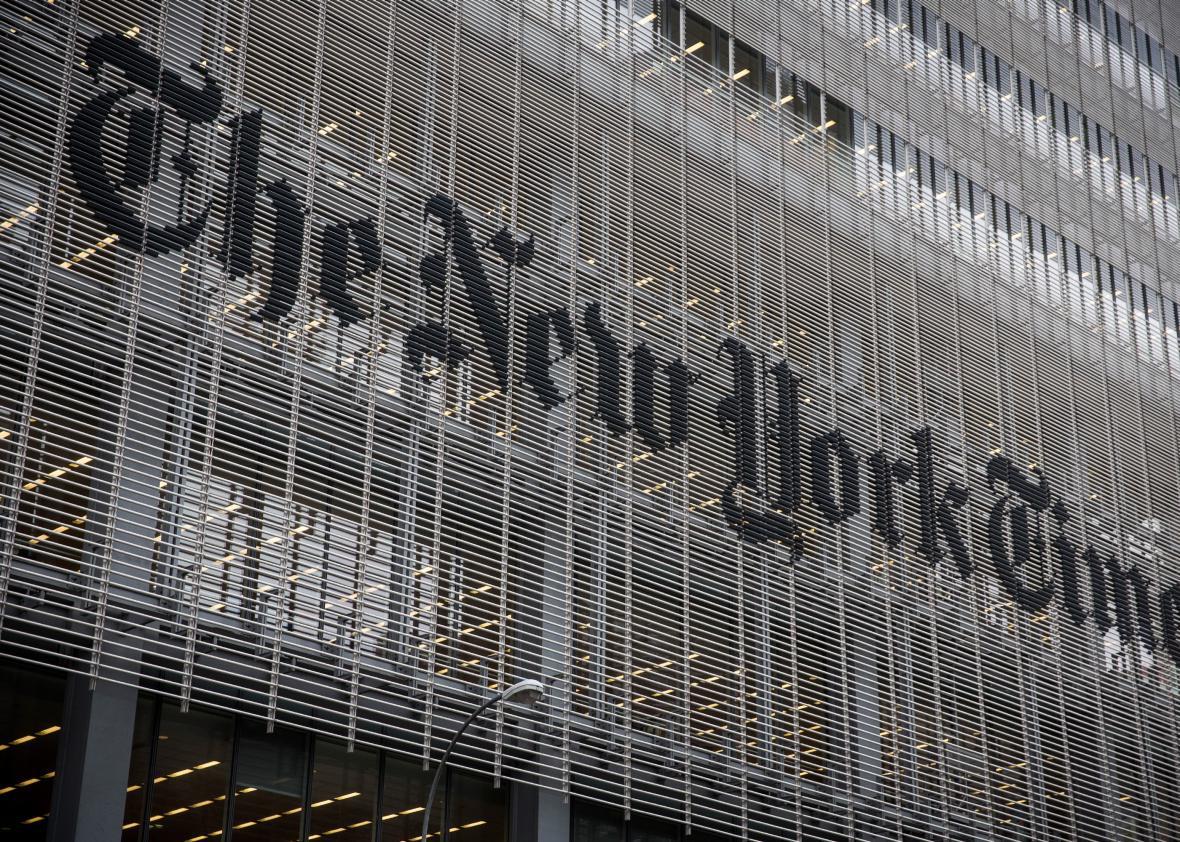On Thursday, New York Times executive editor Dean Baquet released an unusual public statement rebuking an article that was published on the New York Times website on Wednesday and in this week’s Thursday Styles section. The article, “Gay Talese in the Twitter Wringer,” was written by freelancer Sridhar Pappu, who described the widespread outrage following Talese’s statement that he didn’t admire any female writers at a writing conference at Boston University; the article quoted Talese about his reaction to the outrage.
Baquet objected to a part of the article referring to New York Times Magazine staff writer Nikole Hannah-Jones, who, like Talese, was a keynote speaker at Boston University’s Power of Narrative conference. After Talese made his comments about female writers during a Q&A, Hannah-Jones tweeted, “It is inevitable: Your icons will *always* disappoint you.” She also told a Rewire reporter that Talese interrogated her about how she got her job and demeaningly asked her if she was going to get her nails done at a luncheon shortly following his Q&A.
Pappu’s article quotes Talese saying the following of Hannah-Jones:
“That’s the one that truly hurt me.” He added: “I’d like to talk to her sometime. Why did she have to ask for a selfie after what I said made her so upset? I want to know why.
“They said people walked out. Why didn’t she walk out? And she’s a person of great personal achievement. She’s a serious journalist, and I respect her. How could she be so duplicitous as to write me off with a quote?”
It’s not clear whether Hannah-Jones actually asked for a selfie, or if Talese was referring to a picture of his shoes she posted on Twitter:
In his statement on the article, which was published on the New York Times corporate website, Baquet takes issue with Talese’s description of Hannah-Jones as “duplicitous.” “Nikole was not given a chance to respond to that, nor was I,” Baquet writes. (Pappu did, in fact, reach out to Hannah-Jones for comment and published her response—“Thank you for reaching out, but I’ve said all that I am going to say about this”—but it seems fair to assume that Pappu didn’t alert Hannah-Jones to Talese’s “duplicitous” comment before publication.)
Later in his statement, after extolling Hannah-Jones’ virtues as a journalist, Baquet adds:
Yesterday’s story was flawed and Nikole was treated unfairly. But this incident is larger than the exchange between her and Gay Talese. Too often, we are clumsy in handling issues of race and gender and this story was another unfortunate example. We have made strides in our coverage and culture, but the best solution is to continue building a more diverse, inclusive newsroom.
For Baquet, who became executive editor of the Times in May 2014, to release a public statement about a single article is extremely rare. The New York Times corporate site periodically publishes Baquet’s internal memos about strategic initiatives, newsroom policies, and staffing changes. Baquet has also occasionally made statements defending Times articles and photographs—for instance, he has stood up for controversial Times articles about Amazon’s workplace culture and New York City nail salons since ascending to the top of the masthead. This seems to be the first time Baquet has publicly and officially called out a specific New York Times article for failing to meet his expectations.
New York Times public editor Margaret Sullivan, who traditionally comments on matters like this, wrote a blog post saying the Styles piece “wasn’t nearly ready for prime time” after Baquet released his comment. And New York Times Magazine editor-in-chief Jake Silverstein has also stood up for Hannah-Jones following the Thursday Styles article, albeit in a less formal medium:
